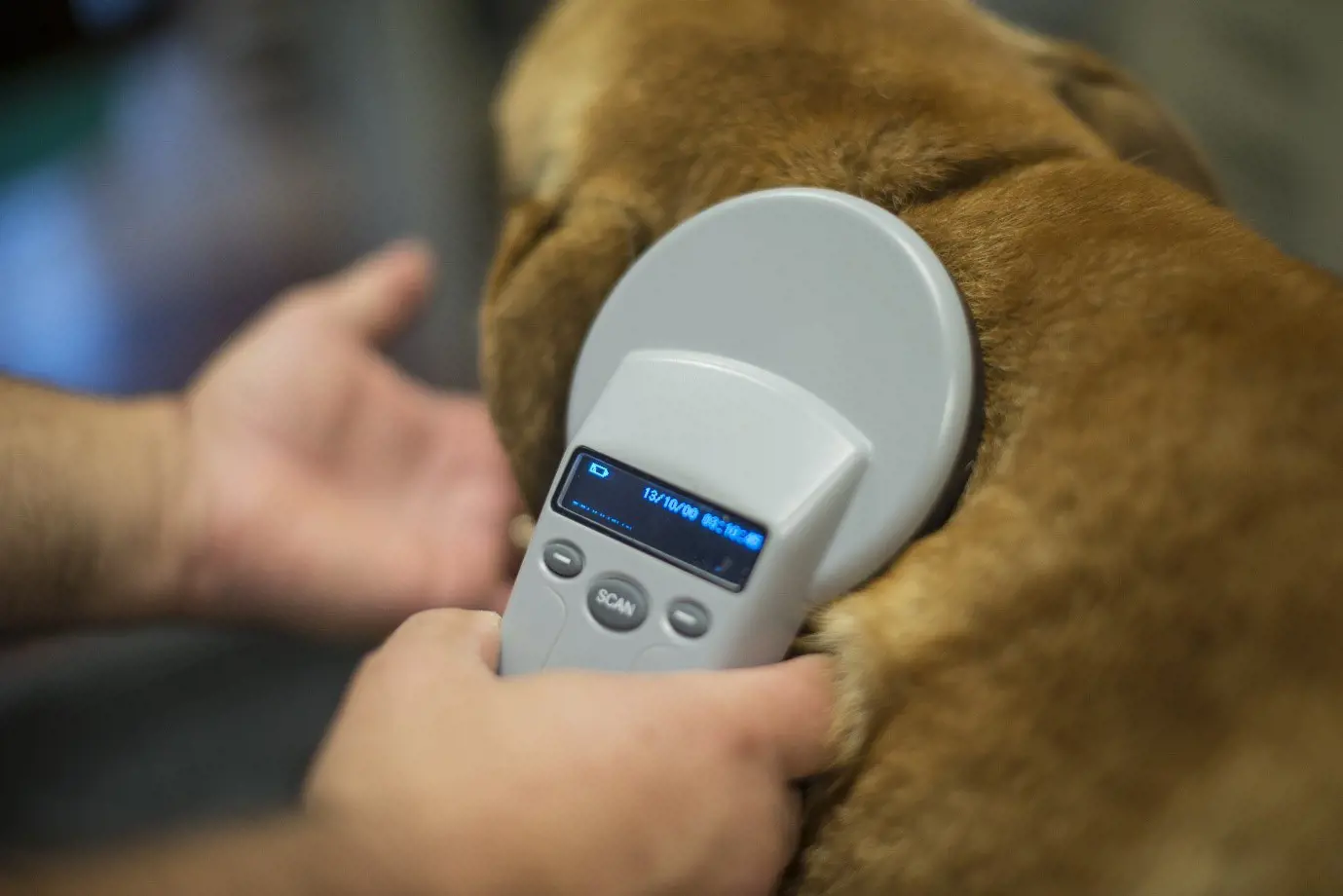Animal Pain Awareness Month – How to recognise if your pet is in pain
23rd August, 2022

September is Animal Pain Awareness Month, however it’s not always easy to recognise if your pet is in pain. Often our pets suffer in silence because owners aren’t aware of all the signs that could indicate an underlying health issue – and unfortunately they can’t tell us themselves!
So, what are the things we should be looking out for?
Changes in eating, drinking and sleeping habits
Loss of appetite and changes in the amount of water your pet is drinking are common signs that something isn’t quite right and can be a symptom of a number of illnesses. Difficulty eating or chewing, could also indicate dental pain.
Antisocial or aggressive behaviour
Is your pet behaving differently? Are they no longer wagging their tail as much or head-butting your leg to say hello? More anti-social behaviour in pets can be an indication that they are in pain and any significant changes in behaviour could be cause for concern.
Being more vocal than usual
Excessive barking or meowing, growling, or even yowling can all be indicators that something is wrong with your pet – it could be their way of trying to get your attention!
Heavy panting or changes in their breathing
Panting in dogs can be normal, however if they are excessively panting if they haven’t been exercising this is likely a warning sign. Breathing that is faster or more shallow in either cats or dogs could also be a sign of distress and pain.
Excessive grooming
Is your cat licking a particular area much more than seems normal – for example one of their paws? If so, it could indicate an injury as pets often lick their wounds to try and soothe themselves. This could even be an internal injury rather than an external cut or bite.
Mobility issues
Limping is a more obvious sign of pain in animals, however if they’re suddenly unable to jump up or climb stairs for example, this can also be a clear indicator that there is an underlying issue.
Changes in their body and posture
Swelling of the paws, legs or face can be caused by inflammation, an infection, or even cancer. You should also look out for any changes in their stance – are they trying to move their weight from resting on a certain area?
Shaking or trembling
Trembling or shaking in animals could be caused by muscle tremors and not just the cold weather. Look out for any unusual movements like this as they could be a sign of pain or other serious illnesses.
Of course, if you’re worried about your pet and notice any signs that could indicate they’re unwell or in pain, the best thing you can do is speak to a vet.
Helpful Pages
Recent Posts
Pet Insurance Quote
- 98% claims paid *
- Claims paid directly to vets
- 24/7 vet video consultations
- Interest free monthly payments




